Manage my booking
THE TRAVEL BLOG OF BALTIC TOURS

The Best Ways to Travel Around Scandinavia
Norwegian fjords, Scandinavian mountains, the cold and windy Northern Sea, flat valleys, endless woods. Yes, this is Scandinavia – the land of Odin, rotten herring, saffron buns, the Little Mermaid, and legendary Ole Einar Bjørndalen. You may be wondering, what is the best way to visit all the must-see places? Well, it depends on your preferences, your budget, and the state of your leg muscles. Why? You will get the idea after this article. All in all, it is up to you how to travel from point A to point B or even C in Northern Europe.
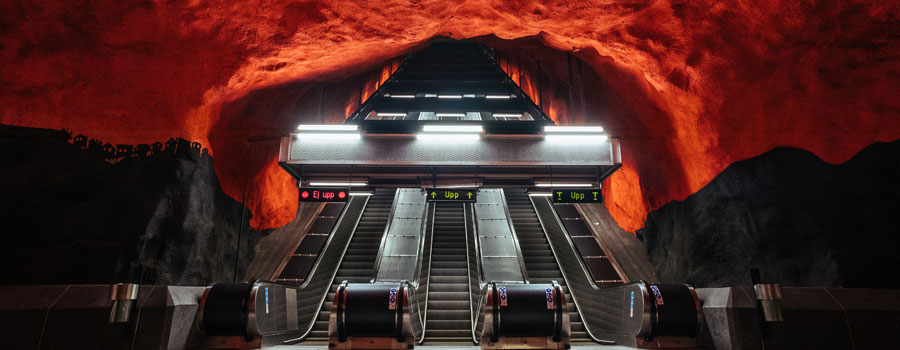
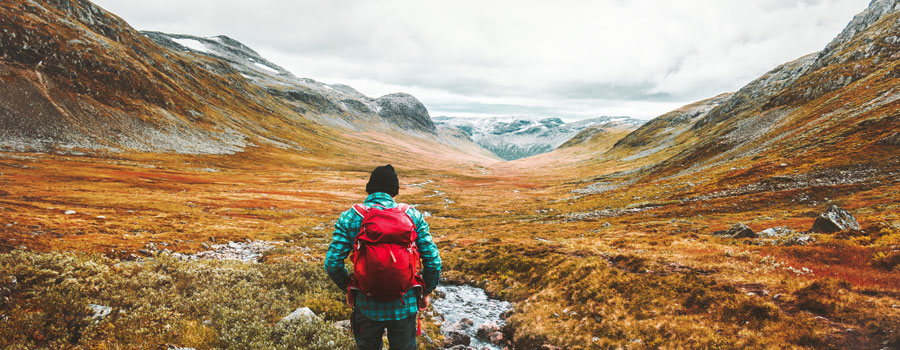

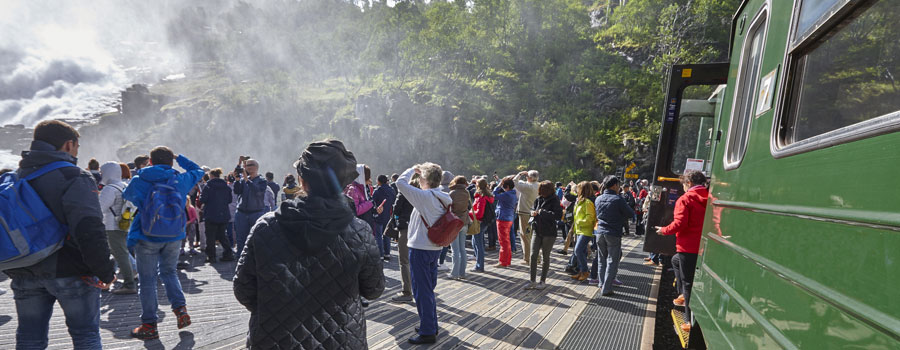
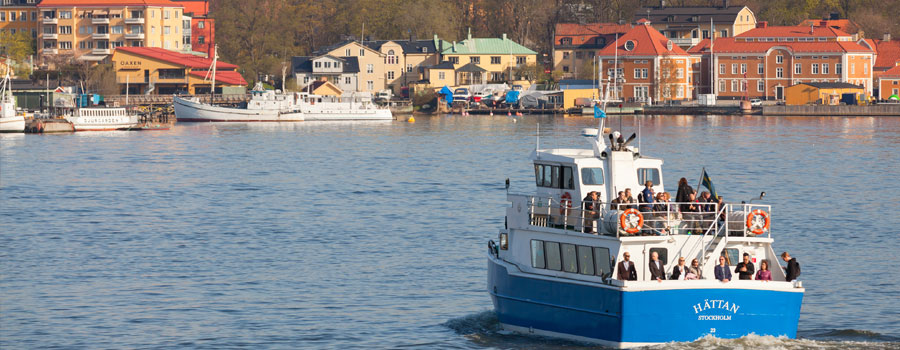
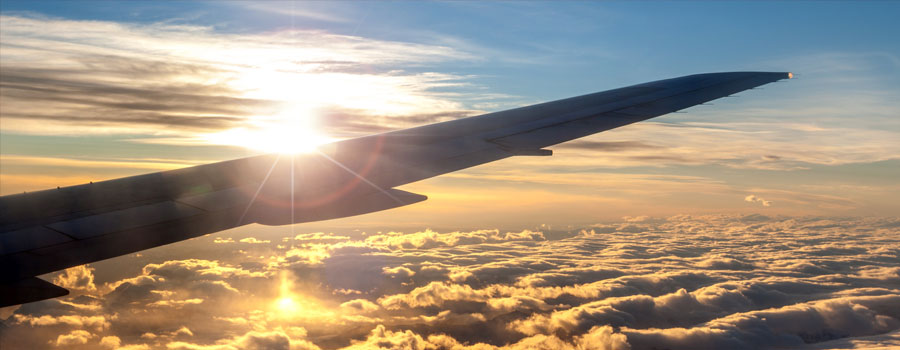
Public Transport
Norway, Sweden, Denmark, and Finland offer a wide range of transportation facilities, and you can choose whichever suits you the best. One of the best ways to travel around the cities is public transport, which is very convenient and pretty reliable, like in all Northern Europe. Scandinavian public transport is not only buses or trains; there are boats, car ferries, passenger express ferries, and the hub and a coach. Local transport is of a high standard. There are excellent train, metro, and bus options within Copenhagen, Stockholm, Oslo, and Helsinki; outside the capitals, larger towns have local bus networks, and most small towns have bus connections to their regional hub. However, in the winter season, particularly in the northern part of Sweden, Finland, or Norway, due to heavy snow, frost, and the other main features of winter, which are obviously a part of Northern Europe culture, there might be some difficulties with public transport service functionality. Nevertheless, nothing in any country of Northern Europe is unreachable.
By Coach
Finland’s coach network is one of the most comprehensive in Europe, covering more than 90% of public roads. If the rail network doesn’t reach your chosen Finnish destination, the best way to get there is to take a coach. Riding a coach is the best way to view the scenery along smaller roads. Nearly every town in Denmark supports a network of local buses, which circulate around the town center and also connect it with outlying areas. If you are not on a budget trip, feel free to take a taxi, which might be one of the best ways to get to the airport or back, although not very cheap. Denmark, as well as other Scandinavian countries, use an electronic ticketing system for traveling by bus, train, and metro.Walking and Hiking
The best way to see and enjoy the outstanding beauty of tremendous Scandinavian nature is obviously hitch-hiking. So, if you have strong legs and enough stamina, pack your backpack, comfortable hiking shoes and it will be all that you need on such a journey. Also, be ready to walk, as it might work out well, as most of the Norwegian villages and towns are situated in 2-3 km distance from the bus stop, ferry terminal, or train station.
Bike rental
In case you’re not that kind of person who likes to walk around, the best way to tour a city center is by bike; there are a lot of cycling routes which might get crowded during the summertime when this kind of transport gets popular in Scandinavia. Although cycling tracks are mostly concentrated in the big cities, riding a bike in a little traffic through the small-town or suburb roads might be the best way to see and enjoy the surroundings of small villages. It is possible to rent any kind of bike at almost every place of your stay, usually at the tourist offices, sports shops, or hotels. The tourist information center might provide you with a cycling route and give advice about the best way to tour around the local highlights. It is also important to discuss your future ride with the person from whom you are renting a bike because there are some areas in Norway, Sweden, and Finland where you are not allowed to pass due to your safety reasons, for example, long tunnels. Also, not all buses, trains, or ferries agree to take passengers with bikes without an additional fee. It is important to mention that you should be aware of the tram rails in the cities of Denmark, mostly in Copenhagen.
Car Rental
If you can hardly imagine yourself thinking about how to travel by bike through Oslo, Copenhagen, Stockholm, and Helsinki, or any other large city of Northern Europe you can always rent a car. Although this is quite an expensive pleasure in Scandinavian countries, keep in mind that renting a car for a couple of days, not the whole trip, might save you some extra money. The main roads are of excellent quality, although being careful, especially on mountain byroads in Sweden or Norway and in longer tunnels, is very important. In winter, many Scandinavian roads are closed, while main highways stay open. Strong wind, snow, and ice make driving difficult, which is why the best way to travel around is by being well equipped with such things like hiking gear, a spare can of petrol, provision, cell phone, water, and warm clothes.Driving Restrictions
Be aware of very strict driving rules, speed cameras, speeding fines, on-street parking restrictions, and be sure you are not boozed up because that might cause big problems. Just stick to the rules, and you will be fine enjoying the best way to tour through the mountainous landscape.Infrastructure Taxes
Also, there are toll bridges in Sweden and toll roads in Norway, so you have to pay congestion taxes. Such infrastructure charges are later used to improve traffic flow, pay the cost of the bridges or roads, as well as for environmental reasons. When you drive past a control point, this is registered, and the following month, a payment slip is sent to the vehicle owner’s home address. This means you don’t have to stop and pay at the time; you can just continue driving.
Train
If you would like a smooth ride through the Norwegian scenery, the best way to travel around is by train. Norwegian train services are run by Norges Statsbaner (NSB). NSB has two main types of train – Lokaltog (local) and Regiontog (regional). Most of the rail services in Northern Europe provide free internet access. It is worth noting that on many long-distance intercity trains and on all overnight and international services, a seat reservation in advance is compulsory. In the peak season, it’s wise to reserve a seat on the main routes anyway, as trains can be packed. In general, this is available for free at every train station, and there are individual route timetables too. In the case of the more scenic routes, there are also leaflets describing the sights as you go. Scandinavian trains are spacious, comfortable, and clean. The rail network stretches all over the countries. Trains are well-maintained, and the scenery along the rails is beautiful, especially in Eastern Finland with its many lakes. Most Swedish train routes have natural surroundings that are fairytale-like, and a train is the best way of seeing Sweden as well. While traveling by rail around Sweden, your face will be glued to the window because of some of Europe’s most spectacular rail journeys. The Swedish rail network is operated by a few major train operators; SJ, Tågkompaniet, Snälltåget, and Inlandsbanan. There are various package deals available on the services, including a six-day epic nature adventure in Swedish Lapland, via the town of Mora that hosts the legendary Vasa Ski Race. Another of the packages is a four-day ‘Bushcraft and Survivor course’. One of Europe’s great rail journeys is from Stockholm to Narvik in Norway. You embark the train in the spectacular Swedish capital, Stockholm, and disembark inside the Arctic circle in Narvik, having traveled the Iron Ore line between Luleå in Sweden and Narvik in Norway. Snälltåget (translates as the ‘Nice Train’) is a service that runs year-round between Malmö and Stockholm and in the winter months, there is an overnight train service between Malmö and the ski resorts of Åre and Vemdalen, 900 km away in Northern Sweden. One interesting thing about Denmark train stations is that they have left-luggage lockers.
Ferry
Using a ferry is one of the highlights of any visit to Norway – indeed, among the western fjords and around the Lofotens, they are impossible to avoid. The majority are roll-on, roll-off car ferries. Norway’s Hurtigbåt passenger express boats are catamarans that make up in speed what they lack in enjoyment: unlike the ordinary ferries, the landscape whizzes by, and in seas, the ride can be quite bumpy. Sweden’s coastline and archipelagos are unique, and the Swedes have a particularly intimate and loving relationship with both. Both the Stockholm archipelago and the Gothenburg archipelago are easy to reach with coastal ferries. Fjäderholmarna, the closest of the islands, are just a 20-minute boat trip from central Stockholm. The archipelagos enjoy a wide range of ecosystems, plants, and animals.Boat Service
Almost all of Finland’s coastal and lakeside towns run boat services, as well as organized sightseeing and charter cruises. Lakeland and Archipelago cruises range from short expeditions to leisurely tours with cabin accommodation. Vessels vary from old-fashioned lake steamers to open-top motor cruisers, ideal for sightseeing. Norway’s most celebrated ferry journey is the long and beautiful haul up the coast from Bergen to Kirkenes on the Hurtigruten (literally, “rapid route” hurtigruten.com) coastal boat or a steamer. The whole round-trip lasts thirteen days (and twelve nights), to many the Hurtigruten remains the quintessential Norwegian experience, and it’s certainly the best way to observe the drama of the country’s extraordinary coastline. Eleven ships combine to provide one daily service in each direction, and the boats stop off at over thirty ports on the way. A short or medium-sized hop along the coast on a portion of the Hurtigruten route is also well worth considering. Port-to-port fares are not particularly cheap, especially in comparison with the bus, but they are affordable, providing you do not have a cabin.
By Plane
Internal flights can prove surprisingly inexpensive and the best way to travel around Northern Europe regions and are especially useful if you’re short on time and want to reach the far north to visit Santa. Domestic air routes are serviced by several companies, but the major carrier is SAS, a conglomerate with many (airline) subsidiaries like Widerøe, which specializes in internal flights – they fly between 35 Norwegian airports – and Norwegian Airlines, which operates flights between fifteen domestic airports at what can be staggeringly low prices. There’s also the up-and-coming Danish Air Transport, which operates 15 internal routes, most importantly several from the mainland to the Lofotens. There are 27 airports in Finland, five of which have regular international flight services. The main gateway is Helsinki-Vantaa international airport. The northernmost airport is in Ivalo in Lapland, approximately 250 kilometers beyond the Arctic Circle. The domestic airlines in Sweden offer quick, comfortable, and safe transport from Malmö in the south to Kiruna in the north. SAS is the largest domestic operator at Sweden’s major airports and, with the other domestic airlines, covers most of the country. Most domestic flights depart from Stockholm Arlanda, north of Stockholm, where you can fly direct to virtually all of Sweden’s mainland airports. Scandinavia is a gracious region, with a spectacular landscape that looks amazing regardless of the season or a time zone. As well as pure nature, Northern Europe might be proud of well-developed infrastructure, which allows you to visit any place you have put on your bucket list, by reaching it the best way: air, foot, water, or land.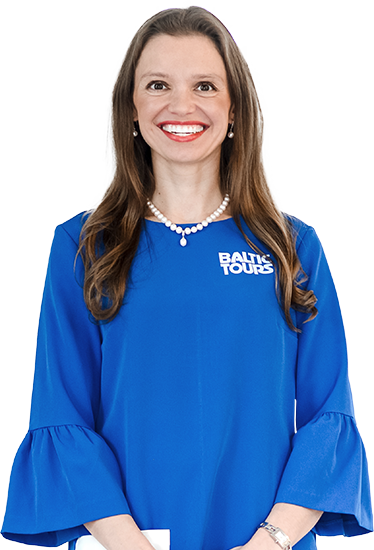

Professionally educated and highly experienced in tourism management, Rasa is passionate about encouraging guests to explore the Northeastern region of Europe in the most attractive way. She has been working in the tourism industry since 2000, assisting customers from 64 countries, and she loves doing it!
ASK A QUESTION